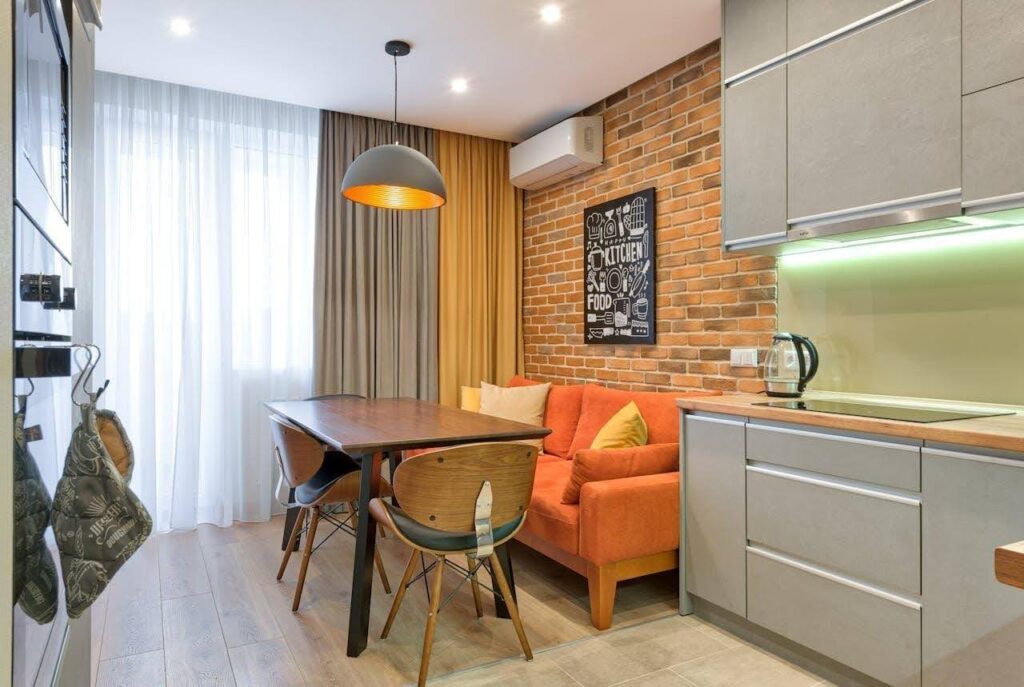Have you ever walked into your home on a blazing July afternoon, expecting a wave of cool relief, only to be greeted by air that feels like it was piped in from a sauna? When cooling systems fail in the middle of summer, it’s more than an inconvenience—it’s an unwelcome surprise that can turn your home into an oven. These failures often happen at the worst possible time, when temperatures are climbing, demand for repairs is high, and you’re competing with half the neighborhood for a technician’s attention. In recent years, hotter summers and longer heat waves have put extra strain on cooling systems everywhere. Power grids are under pressure, energy costs are up, and homeowners are feeling it. In this blog, we will share the most common reasons cooling systems break down in summer, how those problems connect to larger trends, and what you can do to keep your home from turning into a heat trap.
The pressure of peak demand
Summer is the Super Bowl for cooling systems. They work longer hours and harder shifts, often without the maintenance they need to handle the load. One of the biggest culprits behind mid-season failures is neglected upkeep. Dirty filters, clogged coils, and blocked vents force systems to run longer and hotter. Over time, that extra strain leads to overheating and shutdowns. For some homeowners, the only solution at that point is calling an emergency AC repair service, which often comes with longer wait times and higher costs in peak season. On a bigger scale, these breakdowns are part of why utility companies see demand spikes during heat waves. It’s not just that more people are using their systems—it’s that less efficient systems are guzzling more power to keep up. The result is a strain on both your unit and the power grid, and both can fail when you need them most.
Refrigerant problems you can’t ignore
Refrigerant is the lifeblood of your cooling system. Without the right amount, your unit can’t pull heat from the air effectively. Low levels often come from leaks, and those can be tricky to spot without professional tools. In recent years, changes in refrigerant regulations have made repairs more complex. Some older units use refrigerants that are now phased out, meaning replacements can be costly or hard to source. When refrigerant runs low, your system works harder, but the air still feels warm. This isn’t just uncomfortable—it can cause the compressor to overheat and fail entirely.
Electrical issues under the summer sun
When your system stops suddenly, the problem might be electrical. Capacitors, relays, and wiring all play a role in keeping the unit running. In high heat, electrical components can fail faster, especially if they’re already worn. Power surges from storms or grid instability can also cause damage. This has become more common as extreme weather events increase. A sudden outage might reset your system, but repeated failures often point to parts that need replacing. Ignoring the signs—like frequent tripping of breakers or the system struggling to start—can lead to bigger problems.
Airflow restrictions that sabotage performance
Your cooling system needs a steady flow of air to work efficiently. Blocked ducts, closed vents, and dirty filters can choke that airflow. In summer, when demand is highest, any restriction puts extra strain on the blower and coils. This can lead to freezing inside the unit, which sounds counterintuitive but happens when warm air can’t reach the coils. Once ice builds up, your system has to shut down until it thaws, leaving you sweating while you wait. The fix might be as simple as replacing a filter or sealing a duct leak, but if ignored, it can shorten your system’s lifespan.
Wear and tear catching up
Cooling systems don’t last forever. Most units run well for 10 to 15 years with good care, but parts wear out. Bearings in motors can seize, belts can break, and compressors can lose efficiency. The trouble is, these issues often surface in summer when the workload is highest. Like a marathon runner hitting the wall, an aging system may simply not be able to keep up. That’s why regular inspections matter. They can spot parts that are close to failure and replace them before the hottest days hit.
The impact of extreme weather trends
Climate data shows summers are not just hotter—they’re staying hot for longer stretches. This shift means cooling systems have less downtime to recover between cycles. Heat waves that last for weeks push equipment to its limits. Combined with higher humidity, the workload increases even more. For homes without proper insulation or shading, the system has to fight constant heat gain from outside. This isn’t just a problem for older units. Even new systems can struggle without the right support from the home’s overall design and maintenance habits.
Preventive steps to avoid a breakdown
The best way to survive summer without a cooling crisis is preparation. Schedule maintenance before peak season. Clean or replace filters monthly. Keep the outdoor unit clear of debris and vegetation so air can move freely. Check that vents inside the home are open and unblocked. If you hear unusual noises or notice reduced airflow, address it quickly. Small issues in May can become big problems by July. For homes in hotter climates, consider installing ceiling fans to help distribute cool air, reducing the strain on the system.
Summer breakdowns are rarely just bad luck. They’re often the result of small, preventable issues that build over time until the system can’t keep up. As heat waves become more frequent and energy costs climb, keeping your cooling system healthy isn’t just about comfort—it’s about avoiding costly, inconvenient emergencies. Acting early, staying on top of maintenance, and knowing the warning signs can mean the difference between enjoying a cool home and waiting days for a fix while the temperature climbs. Your system might not get a vacation this summer, but with a little attention, it won’t leave you stranded in the heat.

